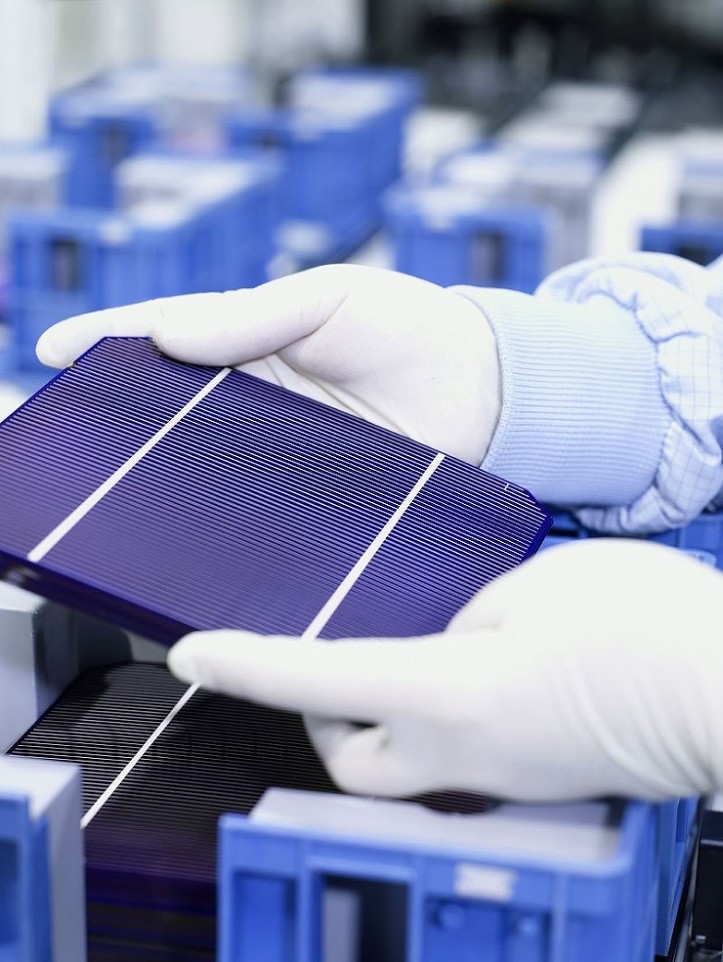The United States has been working to diversify its energy supply and achieve energy independence since the Nixon administration almost a half-century ago. The desire has been to grow an energy manufacturing base to create jobs, improve national security, and address environmental concerns.
More recently, renewable energy sources have entered the US energy mix with the US government promoting renewable energy through tax credits, loan guarantees, and research and development programs. There have also been federal and state mandates that utilities supply a certain percentage of their electricity from renewable energy sources so as to increase the demand for large-scale solar energy projects.
Solar Energy Scaling Up
These developments have led to large-scale solar energy projects using various types of technology. Most solar panels today use photovoltaic cells to produce energy. But experiments in solar energy have led to developments in which solar energy can be the result of chemistry using thermal, quantum, and electrical excitation. At the same time, design aspects of solar power plants have included experimental and demonstration plants with an eye toward the viability of large-scale solar power generation so as to make future supplies of energy more renewable and abundant.
The Coalition for American Solar Manufacturing (CASM) promotes the domestic manufacture and production of solar energy so as to create high-paying manufacturing jobs and improve the US economy. CASM promotes competition by discouraging government interference in global solar energy markets, promotes the optimization of the technology through innovation and efficiency, and seeks lower and lower prices over the long-term.
Global Photostatics Manufacturers
Following is a list of global photovoltaics companies: Notable PV Production Lines in 2015 Technology, Capacity & Production.
The following video shows the Horad Turnkey Automatic Solar PV Module Production Line in China.






